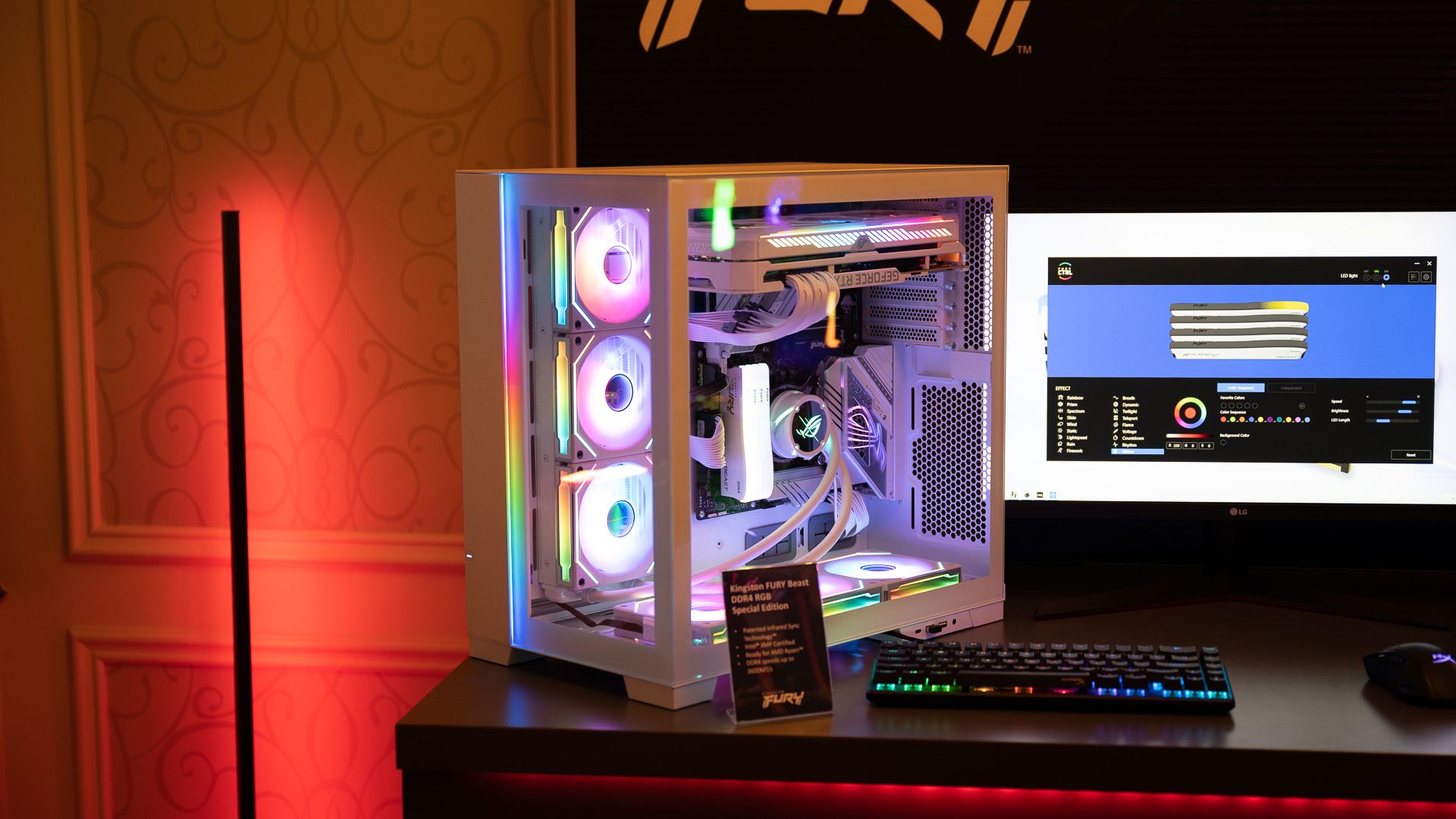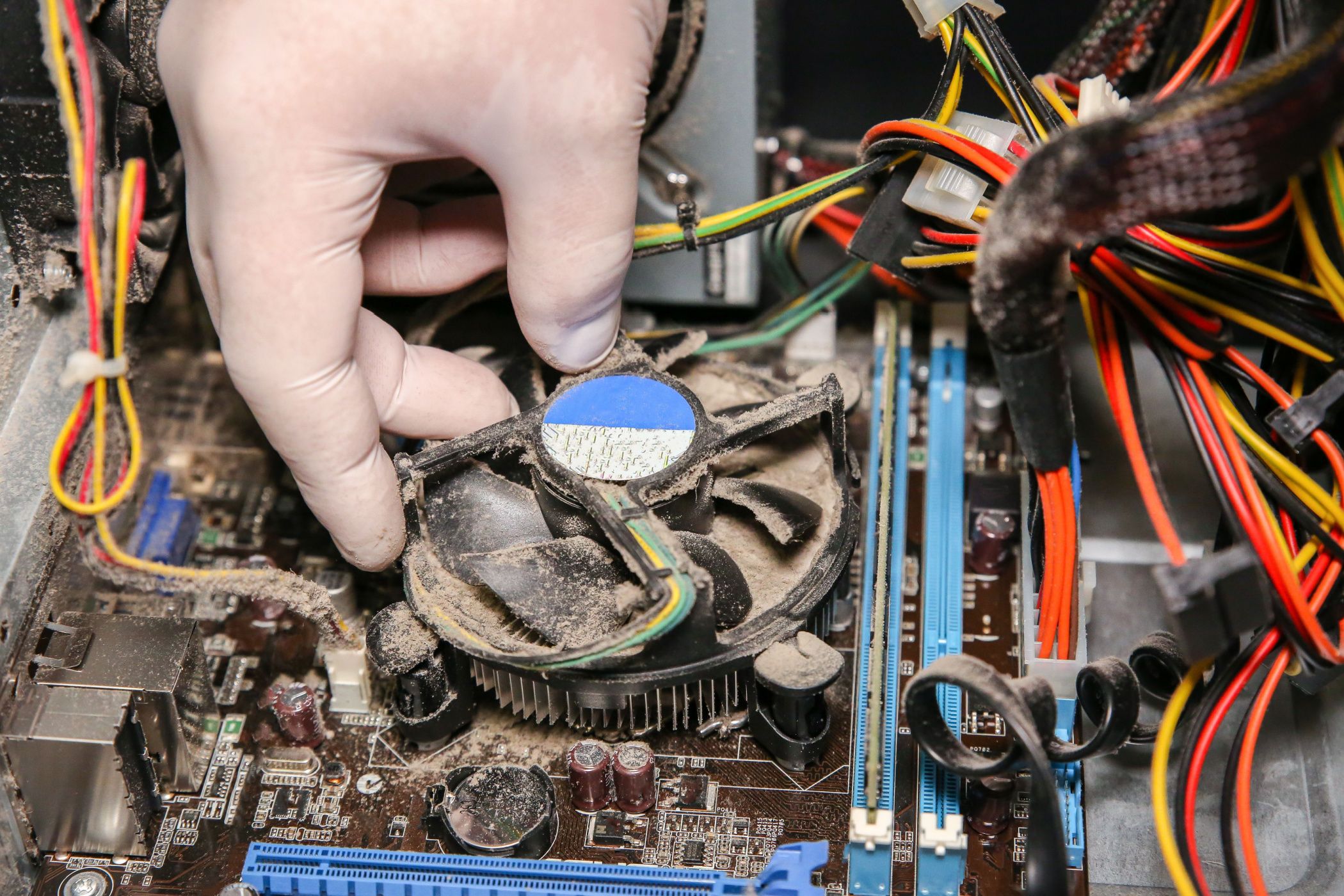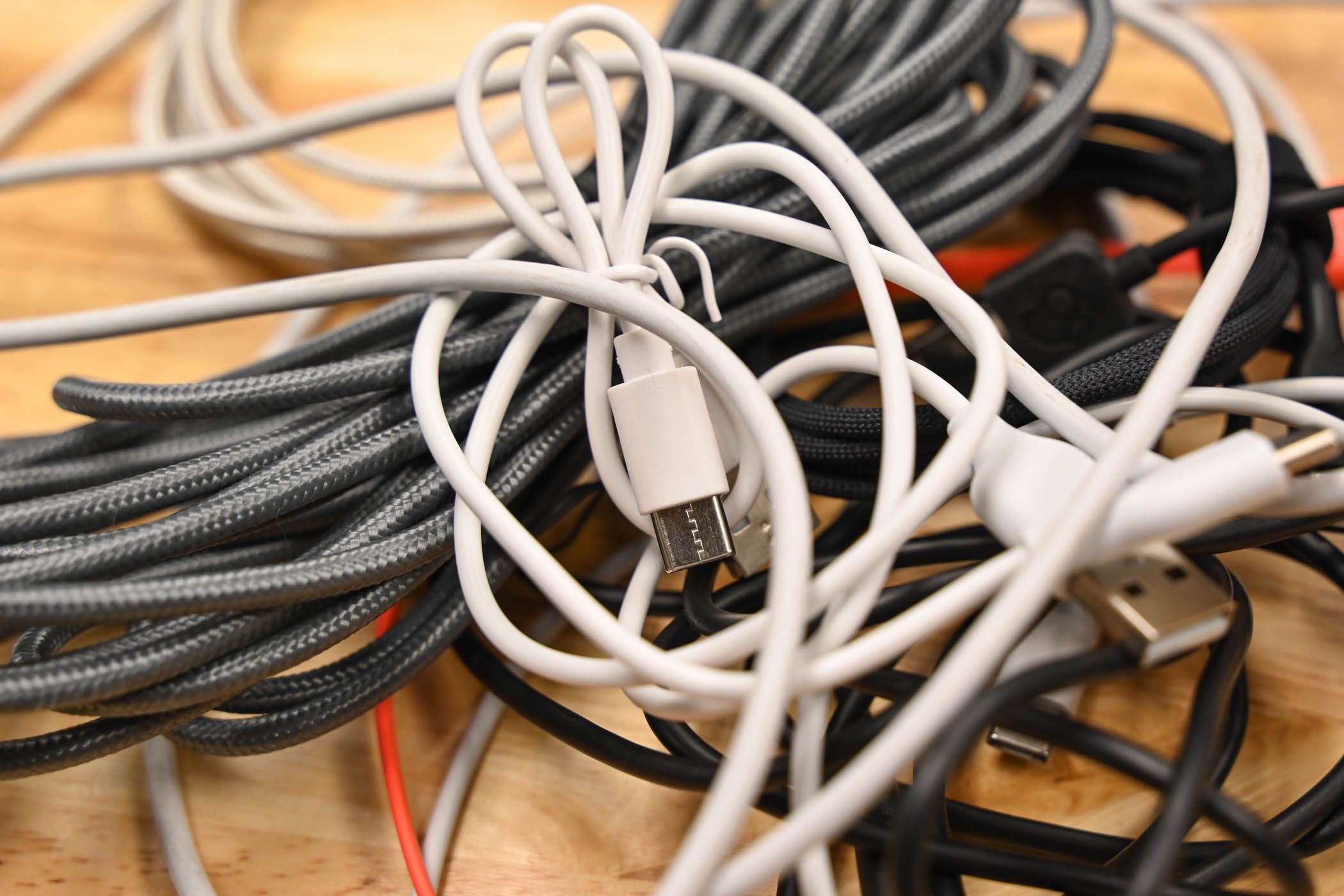Key Takeaways
- Back up essential data to the cloud before transporting your PC.
- Remove the graphics card, CPU cooler, and HDDs to prevent damage during travel.
- Stuff the PC with soft materials, use the original case box, organize cables, and secure cargo tightly to ensure safe transportation.
Computers are fragile. If you want to transport your full-tower PC from point A to point B without breaking it, you’ll have to do it right. Let’s go over a few tips that’ll make sure your PC arrives at your destination unharmed.
Before you start packing up your PC to transport it, back up all essential data to the cloud. There’s always a small chance that your storage drives could break and take all your data with them.
Remove the Graphics Card, CPU Cooler, and HDDs
The first and most important step in preparing your desktop PC is to take out the graphics card, assuming your computer has one. Modern graphics cards are quite bulky and heavy, as they have heat sinks made of solid metal (usually aluminum), but they’re only held by a single PCIe slot and a couple of screws that press the thin GPU I/O shield against the case.
This isn’t enough support to keep the graphics card in one spot, so there’s always a chance that it’ll yank itself free from the PCIe slot or take the slot with it, resulting in a broken graphics card and motherboard. An adjustable support bracket could help with GPU sag, but it won’t help you that much when you travel when force comes from all directions. So, pack the graphics card separately—in its original box if you still have it—to protect one of the most expensive parts of your PC.
It’s not just graphics cards that can rattle themselves loose during transportation, though. A large air CPU cooler is also very heavy. While CPU coolers are tightly mounted on the motherboard thanks to the backplate, a particularly heavy cooler can still break free and maybe even take the CPU with it. So, remove it and store it separately. Make sure to clean the thermal paste off the CPU and cooler with rubbing alcohol to prevent a sticky mess.
If your PC uses an AIO cooler, you could consider leaving it in. AIO coolers are generally much easier to ship, despite the use of liquids and large radiators, because the radiator can be tightly mounted to the case.
If you still use an HDD, you should remove it from the drive bay. Hard drives have moving parts that are sensitive to shocks and vibrations. You don’t want a small pothole to render your hard drive useless, so store it separately and make sure to put plenty of bubble wrap around it.
Once you arrive at your destination, it’ll only take a few minutes to reinsert the graphics card and HDD. The only “problematic” part is the CPU cooler because you’ll have to reapply the thermal paste, so don’t forget to bring a tube of the stuff with you.
Stuff the PC Like a Thanksgiving Turkey
Even after removing the larger internal parts, you still have to prevent any internal movement and provide material that can absorb shocks. An easy way to achieve this is to stuff the inside of the PC with soft materials. Bubble wrap and anti-static packing peanuts are perfect, but you can actually use clothes made of anti-static materials like cotton and silk.
Basically, your PC can double as luggage if you use it for your cotton underwear, socks, and shirts. Just make sure the clothes don’t have metal bits or notoriously static materials like polyester. Ensure you thoroughly dust the PC before you start packing it with your clothes.
Use the Case’s Original Box for the PC
If you still have the box that your PC case came in, that’s the perfect box to transport the PC in. Not only is the box the right size, but it most likely has custom-shaped packaging foam that’ll hold your case tightly on the edges.
Even if you don’t have the original packaging foam anymore, you can fill the box with foam peanuts and bubble wrap from all sides. If you don’t have the original box anymore, purchase one that fits your case. Don’t throw it away this time!
Stick “This Side Up” and “Fragile” labels on the box, especially if you aren’t the one handling the transportation.
Organize Your Cables and Peripherals
Each desktop PC comes with its fair share of cables and peripherals, so it’s vital that you pack them properly. Cables tangle up easily, and computer mice and keyboards seem to have a tendency to drop on concrete floors.
To avoid damaged peripherals and spending hours setting up the PC once you arrive, organize your cables by wrapping them correctly. Use velcro ties to keep each cable in a neatly wrapped bundle, and then throw them into a cable pouch or bag. Don’t do that with your peripherals, though, as they’ll bang up against each other and get damaged. Instead, pack your keyboard, mouse, speakers, headset, webcam, and other peripherals individually in appropriately sized bags or boxes.
Secure the Cargo
Once you have everything packed up and ready to go, don’t overlook the importance of securing the cargo, especially if you’re traveling in a car. Sharp turns will send your stuff flying, so make sure everything is strapped down tightly. Even if you’re just taking your PC for a quick trip, a single instance of hard braking is enough for the PC or monitor to get damaged.
You can easily prevent this by using a cargo net and strong bungee cords and straps. If you don’t have back seat passengers, a good place for your stuff is the footwell, as it’s closer to the center of the car and on the floor, so it has nowhere to slide.
Build a Travel-Friendly Small Form Factor PC
If you plan to bring your PC wherever you go, and you’re not a fan of gaming laptops like me, building an SFF (Small Form Factor) PC is a great long-term investment (and it’s hardly more expensive than a standard PC). SFF PCs are lighter and have a small footprint, so they’re much easier to transport. There are some seriously travel-friendly PC cases out there, with features like vertical GPU mounts to mount the GPU in a more secure spot for travel and robust handles for effortless carrying.
Depending on how small of a PC you want, you can go for an ultra-compact Mini-ITX case like the SilverStone SG13 or for something spacier but still much smaller than a full tower case like the Cooler Master MasterBox Q300L, which is a compact Micro-ATX case. Anything smaller than your current PC will be an improvement when it comes to transportation.
Preparation goes a long way when traveling with a PC. As long as you pack it properly and use plenty of foam in and around the case, your PC will arrive at your destination unscathed.







